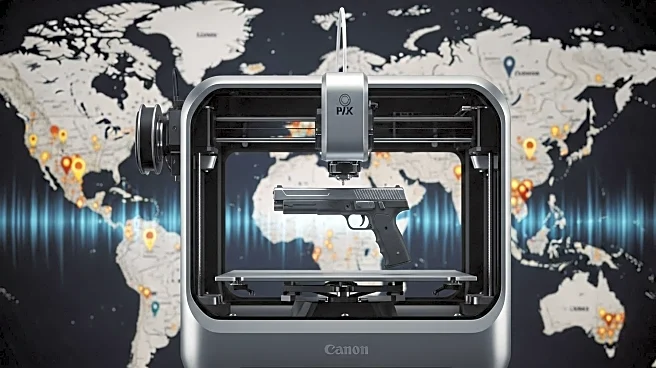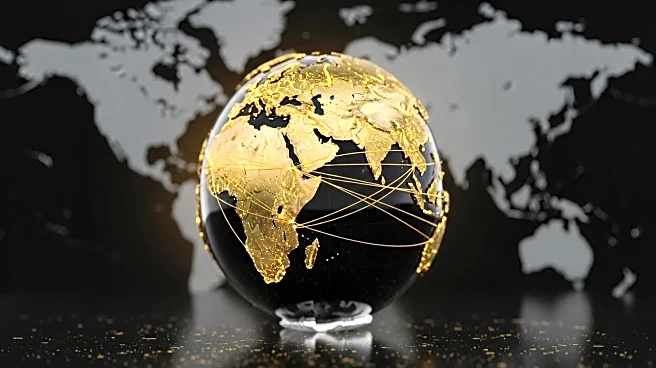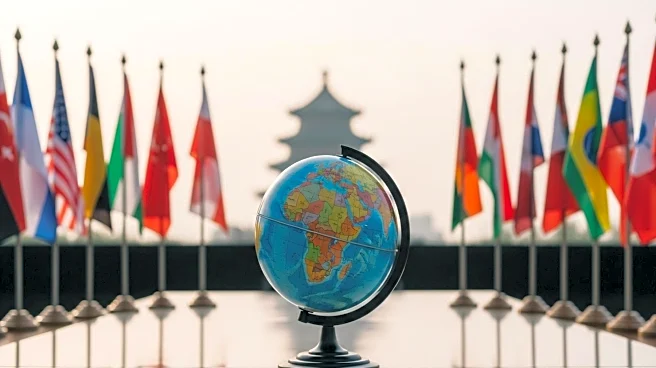What's Happening?
The rise of 3D-printed firearms is posing a significant challenge to gun control efforts in the United States and other countries. These weapons, which can be produced using digital blueprints and 3D printers, are often untraceable and lethal, complicating law enforcement efforts to regulate them. This development comes as China hosts a diplomatic summit with world leaders, including Vladimir Putin and Narendra Modi, highlighting shifting global alliances. The summit in Tianjin underscores the growing influence of China in international politics, leaving the U.S. and other Western powers on the sidelines.
Why It's Important?
The proliferation of 3D-printed guns represents a critical issue for U.S. public safety and law enforcement, as these weapons evade traditional regulatory frameworks. This technological advancement challenges existing gun control laws and raises concerns about increased accessibility to firearms by individuals who might otherwise be restricted. Additionally, the diplomatic summit hosted by China signifies a potential realignment in global power dynamics, which could impact U.S. foreign policy and its strategic interests. The exclusion of Western powers from such discussions may influence future international relations and economic partnerships.
What's Next?
U.S. policymakers and law enforcement agencies may need to develop new strategies and regulations to address the challenges posed by 3D-printed firearms. This could involve international cooperation to track and control the distribution of digital blueprints for these weapons. On the diplomatic front, the U.S. may seek to strengthen alliances with other nations to counterbalance China's growing influence. Monitoring the outcomes of the Tianjin summit will be crucial for understanding potential shifts in geopolitical alliances and their implications for U.S. foreign policy.
Beyond the Headlines
The rise of 3D-printed guns also raises ethical and legal questions about the balance between technological innovation and public safety. As these weapons become more accessible, there may be increased pressure on tech companies and digital platforms to regulate the sharing of blueprints. Furthermore, the diplomatic summit in China could signal a long-term shift in global power structures, potentially affecting international trade, security, and environmental policies.











